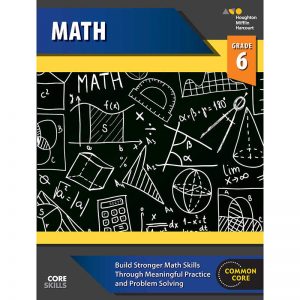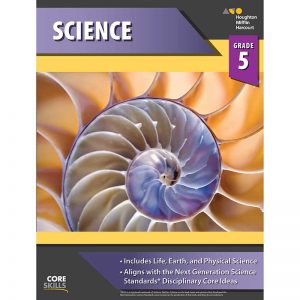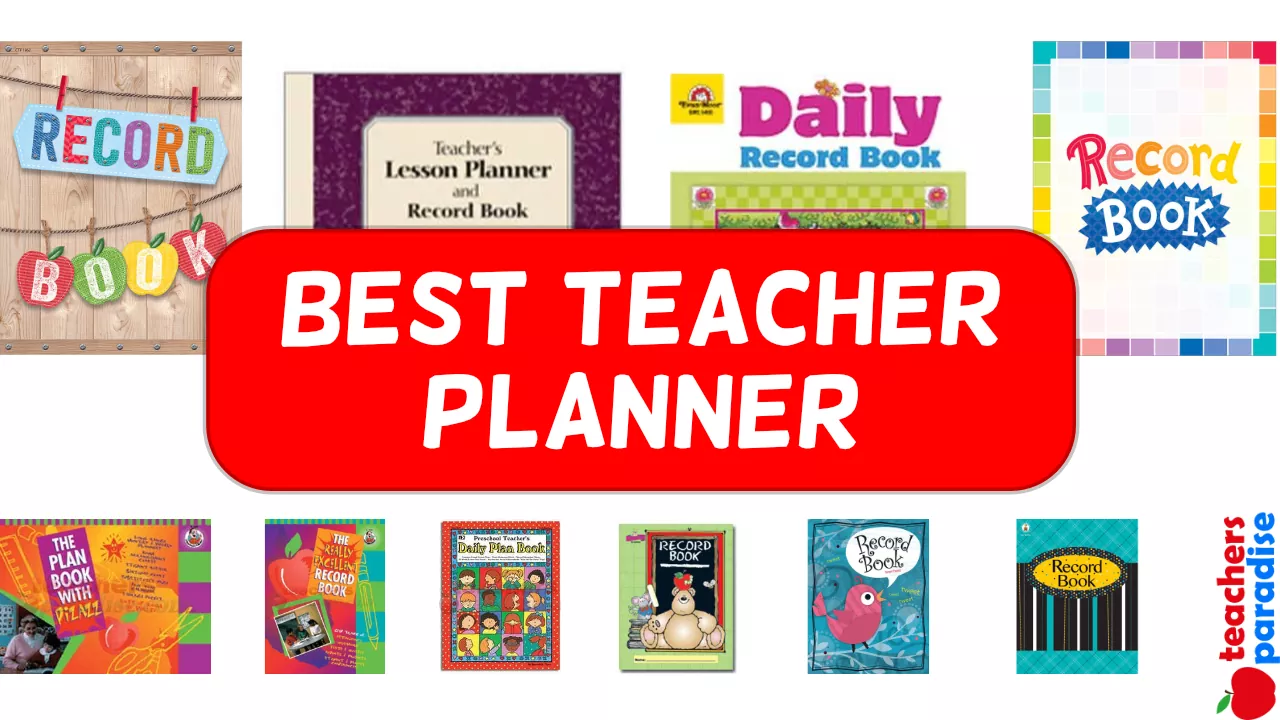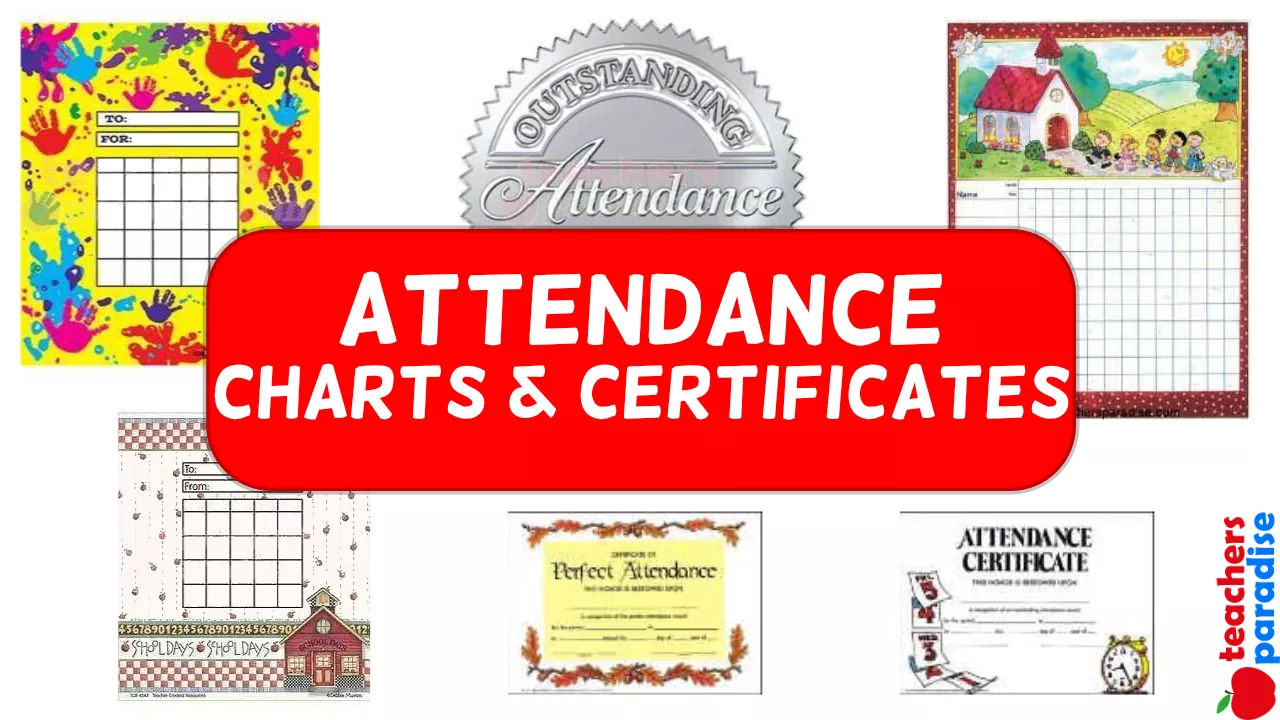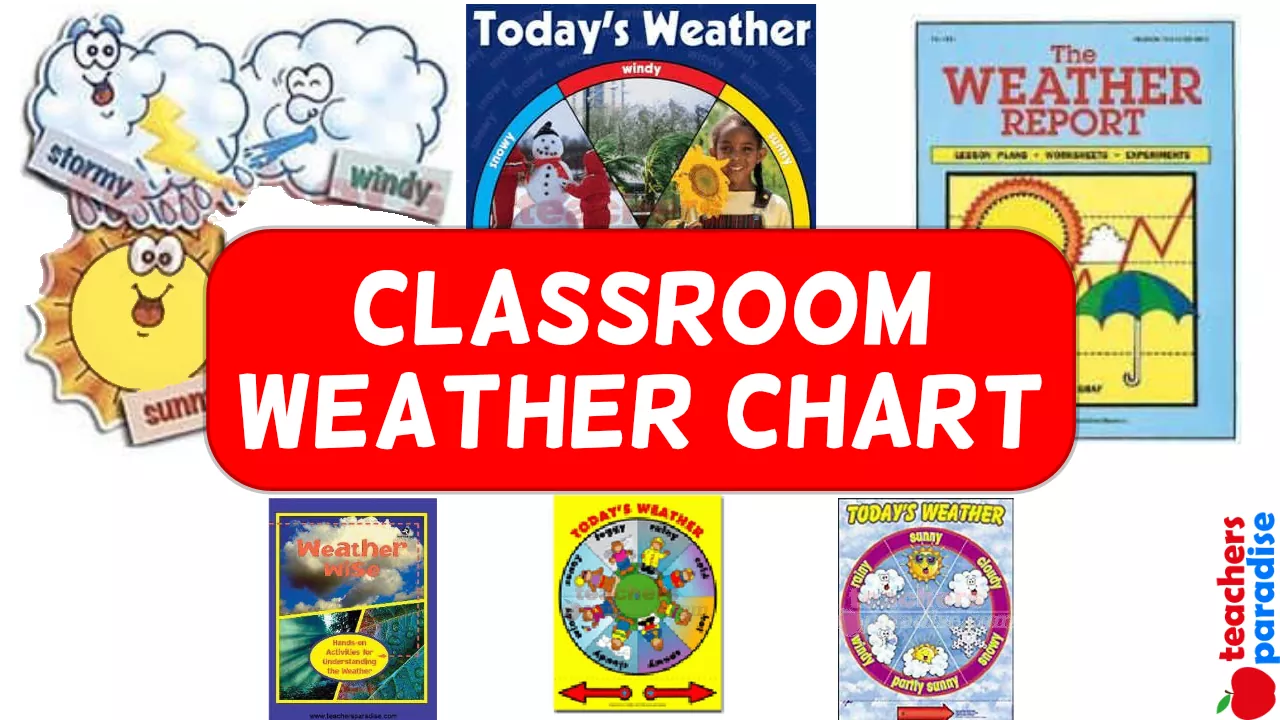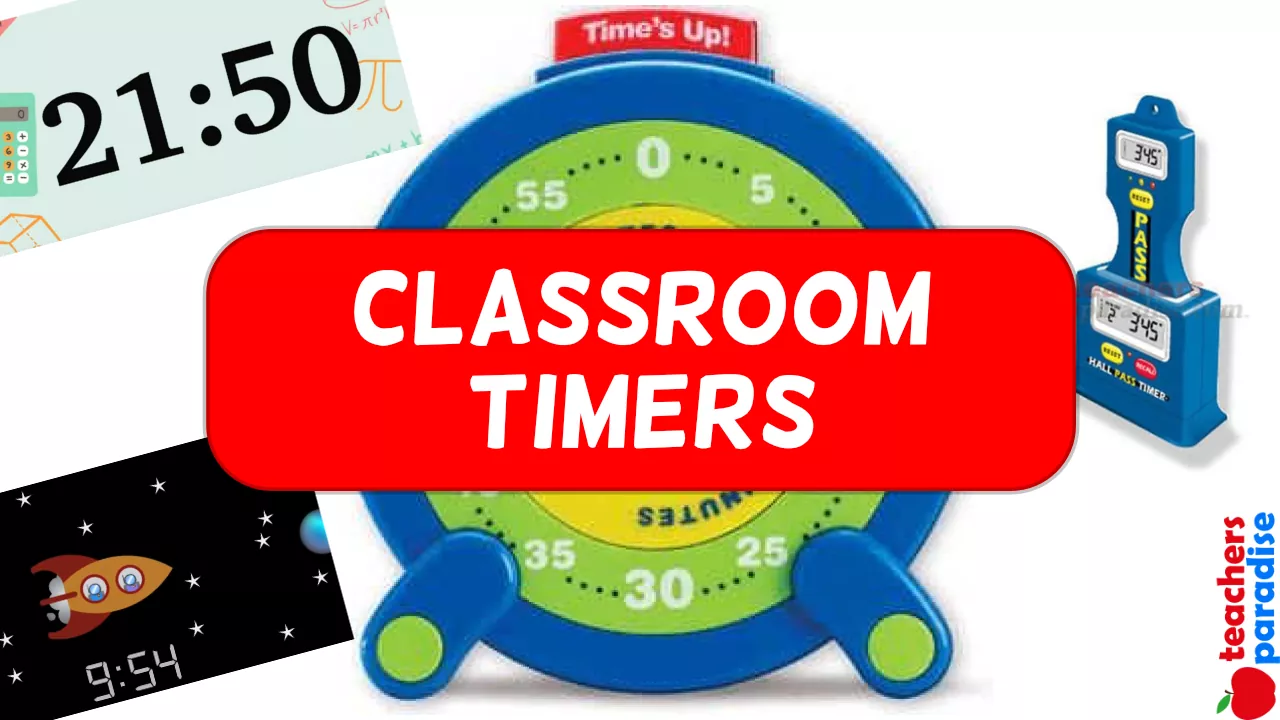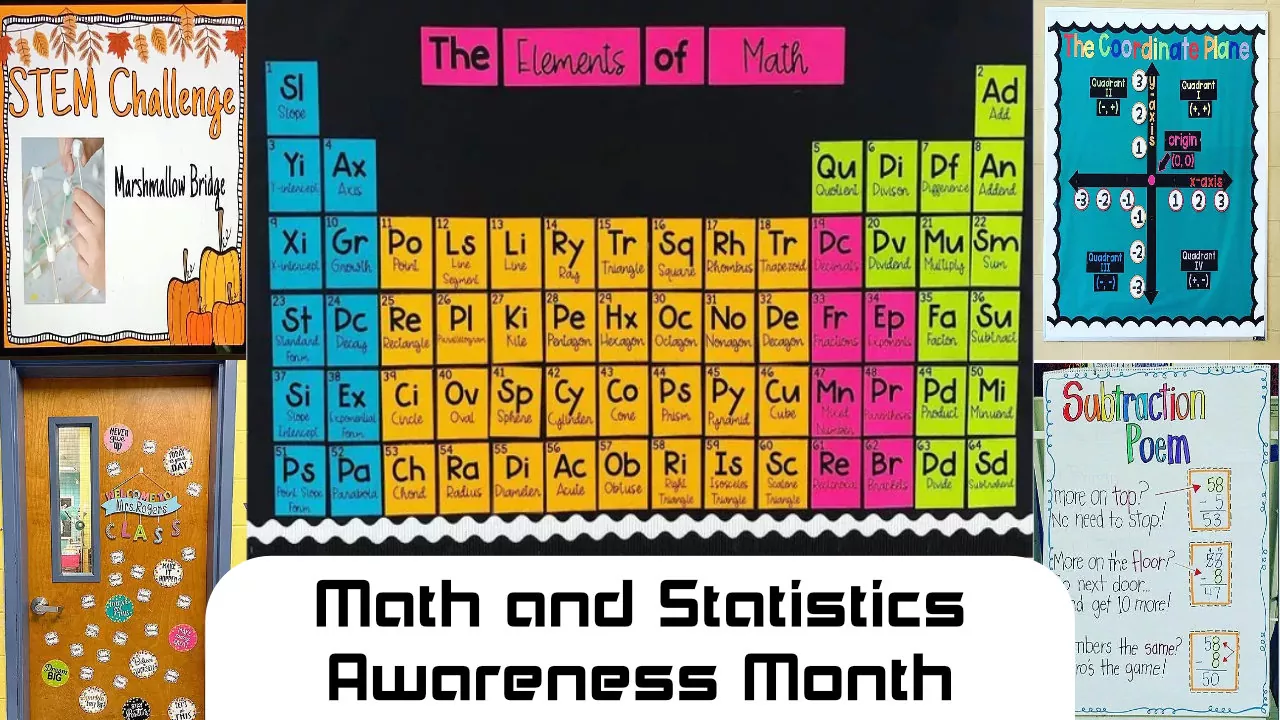Dinosaur SHOW and TELL Emergent Reader Activity
BEFORE READING
Show children a boxed collection of items, such as rocks or shells. Invite them to tell about items they might bring for Show and Tell—a collection, a special toy, or a pet. Display the book. Ask children to use the cover illustration and title to guess what the dinosaurs in this story will bring for Show and Tell.
READING
Set a purpose for reading by pointing out that some things the characters choose to bring are collections and some are special for other reasons. As they read, help children think about the categories in which these items belong.
Use questions such as these to guide the reading:
• How is Dawn’s bug collection different from real bug collections?
• Where does Toni keep her collection?
• How does Dexter feel before he thinks of something to bring?
WORKSHEET & Sample PDF Activity
Sample PDF Activity
AFTER READING
Talk about the collections, favorite things, and pets in the story. Ask children if the items the characters share remind them of something they own. Discuss the children’s before-reading predictions and have them consider whether or not their predictions match what the author wrote.
Response Activities
Dinosaur Dialog
Materials: none
Explain to children that this story is written in dialog. Have them choose parts and read it aloud. Then divide the class into groups. Ask children to write things the characters might say after they see Sam. Then have them role-play these characters, using the dialogue they have written.
Prehistoric Classrooms
Materials: drawing paper, crayons
Discuss some of the prehistoric details in the illustrations, such as the stone tablets or the flat globe. Have children brainstorm to name other objects for a prehistoric classroom (chairs made out of stones, curtains made from big leaves). Have children draw their ideas and display their pictures.
PHONICS FOCUS
Identifying Ending Digraphs -ng, -nk, -ck
Create a chart with the following three column headings: -ng, -nk, -ck. Help children identify the sounds of these digraphs. Tell them to look through the story to find words that end with these sounds. Write them in the appropriate columns (something, bring, anything, during, sing, think, rock, pick).
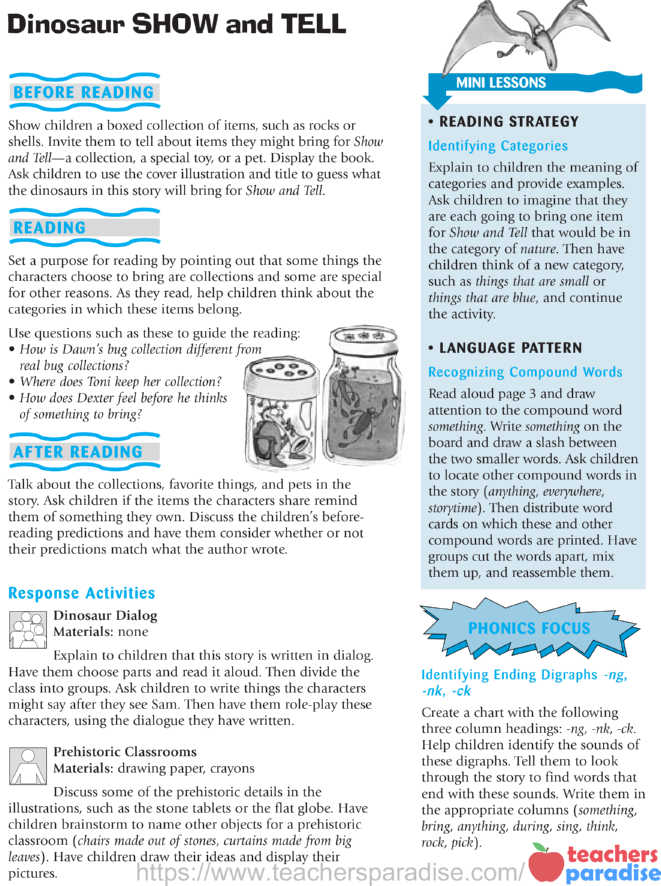
MINI LESSONS
• READING STRATEGY
Identifying Categories
Explain to children the meaning of categories and provide examples. Ask children to imagine that they are each going to bring one item for Show and Tell that would be in the category of nature. Then have children think of a new category, such as things that are small or things that are blue, and continue the activity.
• LANGUAGE PATTERN
Recognizing Compound Words
Read aloud page 3 and draw attention to the compound word something. Write something on the board and draw a slash between the two smaller words. Ask children to locate other compound words in the story (anything, everywhere, storytime). Then distribute word cards on which these and other compound words are printed. Have groups cut the words apart, mix them up, and reassemble them.

